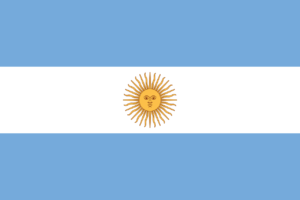Basic Facts
Capital
Algiers
Population
44,700,000
Area
2,381,741 km2
Official Religion
Islam
Official Language
Arabic Berber
Other languages
Algerian Arabic – Darja – lingua franca
Other Religion
Christians – Jews
Ethnic Groups
Arab-Berber – Others
Currency
Algerian dinar (DZD)
Time Zone
UTC+1 (CET)
Date Format
dd/mm/yyyy
Driving Side
Right
Calling Code
+213
ISO 3166 Code
DZ
Internal TLD
dz الجزائر
Demonyms
Algerian



